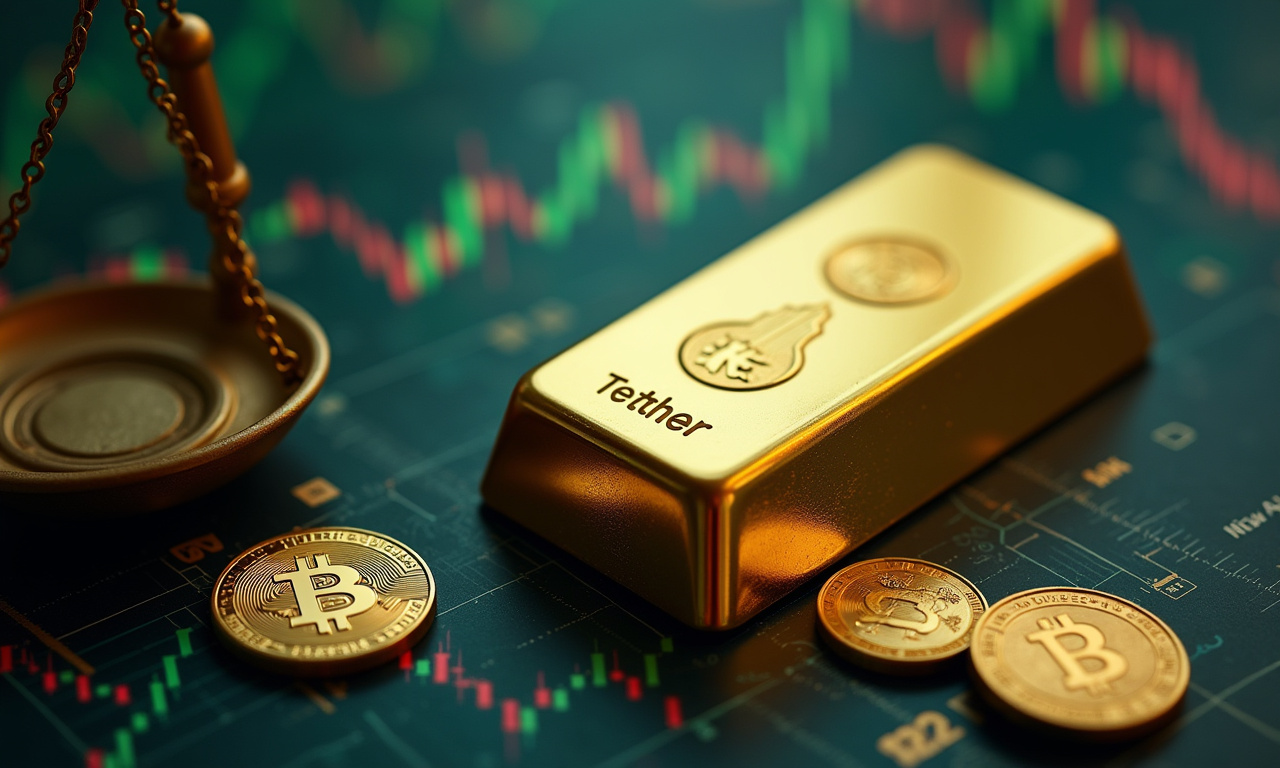Bitcoin's 'Greed' Signal: Are You Emotionally Ready for a Crash?

You know that warm, fuzzy feeling you’re starting to feel about Bitcoin? That's probably greed whispering in your ear. Healthy optimism is a good thing, but history reminds us such enthusiasm can be dangerous. What it does do is promote terrible results, such as a diminishing wallet.
The CoinMarketCap Fear & Greed Index is currently at extreme “greed.” We’re not even referring to merely “I could eat a snack” hungry—we’re talking “if I don’t stop myself, I’m going to order everything on the menu” ravenous. When this index begins to move above 60, veteran investors start getting a little queasy. Why? History shows us that this is a classic sign the market is bottomed out over its skis. It’s not based on rational analysis; emotions are the force behind it.
Are You Driving This Car?
Think about it. Or instead you really ARE in it for the long haul because you believe in the underlying technology. Or are you just reacting to the hype, trying to get rich quick before the music stops. Be honest with yourself. The retail investor sentiment is off the charts, at optimistic levels we haven’t seen since late 2024. All of this sounds perfect, until you recall what happened in the wake of that last retail fervor.
Let’s paint a picture. Now let’s picture “Crypto Cathy,” who learned from her neighbor that Bitcoin is heading to the moon. She doesn’t understand blockchain, she doesn’t understand market cycles, but what she does understand is that she doesn’t want to be left behind. So, she dumps her life savings into Bitcoin at what ends up being close to the top. Then, the inevitable correction hits. Panic sets in. Unsurprisingly, Cathy sells, now at a loss, and takes to the Twitter-verse realizing the market has duped her. Sound familiar? Cathy isn't alone. Cathy represents everyone.
That’s the risk of allowing fear or greed to control your investing strategy.
All-Time Highs and All-Time Hysteria
To say that the noise around Bitcoin achieving new all-time-highs is overwhelming would be an understatement. This is one of the loudest days now, so much louder than it has been all month. It’s what everyone’s discussing—from your barber to your Uber driver. That’s usually a bad sign. That’s a sign that the narrative has finally gone mainstream, and when everyone’s in, who’s left to buy?
Veteran trader Peter Brandt warns that we are on the verge of a “double-top” formation. He proposes this might precipitate a wholesale reckoning, with a 75% drop like that of the 2022 bear market. Sure, no one can tell the future, but then again, no one has Brandt’s track record of doing just that. To disregard his alarm is to disregard the very real flashing red light on our vehicle’s dash.
While everyone's obsessing over all-time highs, smart money is quietly preparing for the inevitable pullback.
Trump, Musk, and Market Mania
The US-China tariff war thawing and Trump getting on Musk’s Twitter board? It's not just politics; it's psychology. This change from risk-off to risk-on transforms conditions by encouraging a risk-on mentality among investors. With investors less jittery, they are more open to speculation assets, such as Bitcoin. It’s as if the market is shouting “peace on earth” and preparing to party… just moments before the asteroid impacts.
Think about the last time you felt truly secure. Whether you created a budget and spent within your limits, or ordered the expensive watch even though you can get by with your older model. The market is no different. It warps the process. When you get complacent, when you get overly confident, that’s when you make big mistakes.
Institutional FOMO: A Different Beast?
Some argue that this time is different. That the new Bitcoin rally is the result of institutional investors, rather than retail hype. And that it’s corporate giants and big banks driving that flame.
Maybe they’re right. Institutional FOMO is a powerful force. The reality is, we don’t have the slightest idea how this will all come together on the ground. We lack the historical data to compare. Institutions can be just as susceptible to a herd mentality as individual investors. Even if they're in it for the long haul, a significant market correction could still trigger a cascade of selling, impacting everyone.
- The question you need to ask yourself: What happens when these institutions need to report losses to their shareholders? Will they HODL through thick and thin, or will they cut their losses, sending Bitcoin into a tailspin?
Get Emotionally Fit, Now
So, what can you do? How do you insulate yourself from the sweet siren call of greed?
- Have a Plan: Don't invest a single dollar without a clear strategy. Know your risk tolerance, your investment goals, and your exit strategy.
- Set Stop-Loss Orders: Protect your downside. Determine the price point where you'll automatically sell to limit your losses.
- Take Breaks: Constantly monitoring the market is a recipe for anxiety and bad decisions. Step away, breathe, and remember that your financial well-being isn't defined by the hourly price of Bitcoin.
- Remember the Fundamentals: Focus on the long-term potential of the technology, not the short-term price fluctuations.
- Educate Yourself: Understand the market cycles, the risks involved, and the psychological biases that can cloud your judgment.
Perhaps the most important factor in surviving and even thriving in the Bitcoin world is emotional preparedness. Are you ready for a crash? Have you established the mental and financial fortitude to ride out the storm? If not, get ready because now is the time to go big. Don't let greed be your guide. Let reason and discipline be your compass.
Tags

Ava Thompson
Blockchain Market Psychology Editor
Ava Thompson explores blockchain and market psychology through an evidence-based yet human-focused lens. She bridges strategic thinking with direct, nuanced communication, and her work features a balance of in-depth analysis and relatable storytelling. Outside the newsroom, Ava is an avid urban gardener and street art enthusiast.
Related News

Altcoin Apocalypse? Why Bitcoin's Dominance Surge Should Terrify You
Forget the Lambo dreams. Forget the moon shots. So in the current state of things if you are a big holder of altcoins, you should be scared to death. Bitcoin’s recent dominance surge isn’t just a momentary spike, it’s a flashing red warning light. This does not indicate positive fundamentals...

Tether Gold (XAUt) Risks You Can't Ignore, and How to Navigate Them
XAUt, Tether’s gold-backed token, offers the glitter of gold with the convenience of crypto. Sounds great, right? Maybe. In the information age, the hunt for treasure has changed entirely. We no longer protect our treasures with maps and shovels, but rather blockchains and private keys. Before you begin this tech-driven...

Tether Gold (XAUt) is the Future of Gold Investment, Here's Why
Traditional gold is dead. Well, not dead perhaps, but definitely of on life support. Think about it: you're either lugging around heavy bars in a vault (and paying someone to guard them), or trusting some ETF to actually have the gold they say they do. That's your 'store of value'?...